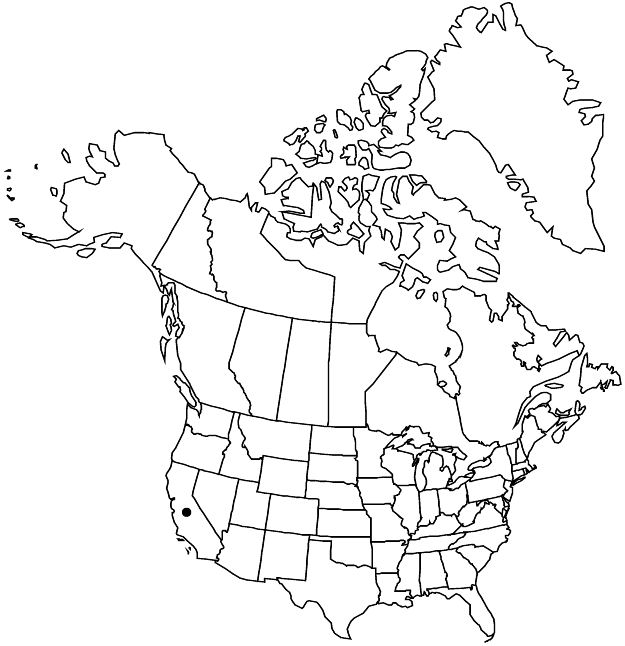Euphorbia dendroides
Sp. Pl. 1: 462. 1753.
Shrubs, dendroid, with large rootstock. Stems erect, stout, densely branched, to 200 cm, glabrous, bark usually reddish and glossy toward tip of branches. Leaves: petiole absent; blade linear-lanceolate to oblong-lanceolate, 20–65 × 3–8 mm, base attenuate, margins entire, apex obtuse to acute, sometimes mucronulate, surfaces glabrous; venation pinnate, midvein prominent, base attenuate. Cyathial arrangement: terminal pleiochasial branches 4–8, unbranched or 1–2-times 2-branched; pleiochasial bracts similar in shape to but usually shorter and wider than distal leaves; dichasial bracts distinct, yellowish, broadly ovate, orbiculate, rhombic, or reniform, base obtuse, margins entire, apex obtuse, sometimes mucronulate; axillary pleiochasial absent. Cyathia: peduncle absent. Involucre broadly turbinate to hemispheric, 3–4 × 3.5–3.8 mm, glabrous; glands 4, suborbiculate to subtrapezoidal, 1–1.5 × 1.2–1.8 mm, sometimes irregularly lobed; horns absent. Staminate flowers 20–25. Pistillate flowers: ovary glabrous; styles 2.4–3 mm, 2-fid. Capsules subglobose, 4–5.5 × 4–6.5 mm, deeply lobed; cocci laterally compressed, smooth, glabrous; columella 3–4 mm. Seeds grayish or blackish, ovoid and strongly laterally compressed, 3–3.5 × 1.5–2 mm, smooth; caruncle semirounded and laterally compressed, 1.2–1.4 × 0.8–1.8 mm.
Phenology: Flowering and fruiting fall–spring.
Habitat: Coastal plains and basins, hillsides.
Elevation: 0–500 m.
Distribution

Introduced; Calif., Europe, n Africa.
Discussion
Euphorbia dendroides is native to the Mediterranean region. In the flora area, the species is known from Los Angeles, Santa Barbara, and Ventura counties.
Selected References
None.